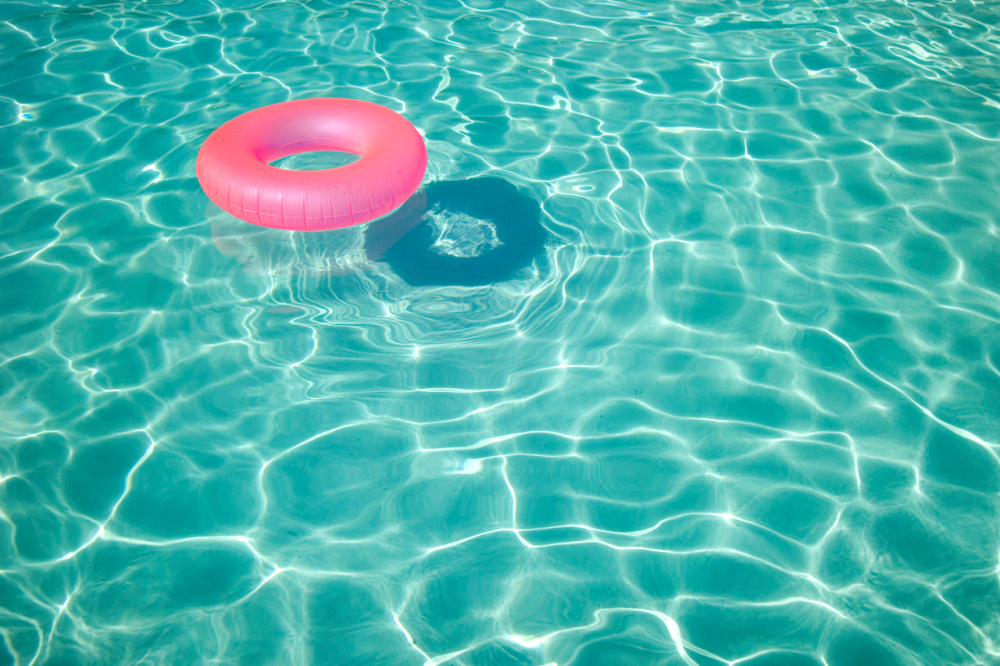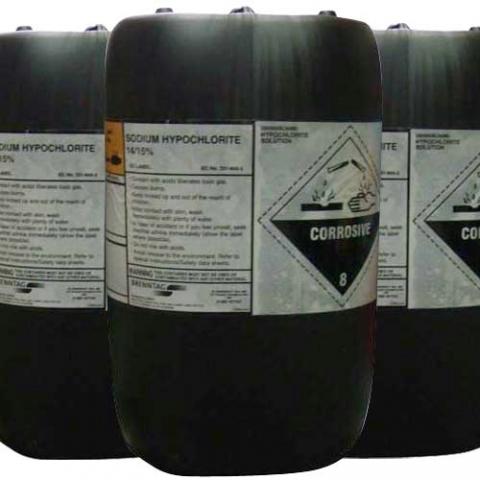
Caption
Normally, summer is prime time to splash around in the swimming pool! But Atlanta announced July 25, 2021, it was closing its 12 public pools indefinitely for undisclosed reasons.
Credit: file photo

Normally, summer is prime time to splash around in the swimming pool! But Atlanta announced July 25, 2021, it was closing its 12 public pools indefinitely for undisclosed reasons.
I'm the first to admit that I'm a "pool rat" - during my childhood summers, if I wasn't at the SciTrek Museum summer camps, then I was at the pool. I was on the swim and dive teams, and I was usually one of the last swimmers tagged in never-ending games of Sharks and Minnows. It was only natural that I would work as a lifeguard during my high school and college years.
While most people give lifeguarding a passing glance, there is quite a bit of chemistry and anatomy involved with the work. Lifeguards are, of course, trained in first aid and cardiopulmonary resuscitation (CPR), but they are also required to maintain the correct balance of chemicals within the pool water.

Sodium hypochlorite, also known as bleach. This substance is used to disinfect swimming pool water. Image courtesy of www.allianceonline.co.uk.
Science Friday took a look into what chemicals are found in pool water. I'll tell you from experience that I carefully worked with sodium hypochlorite (bleach, or NaOCl) and muriatic acid (10% hydrochloric acid (HCL) by volume) on a daily basis. When mixed into the water, sodium hypochlorite causes the pH to increase, leading to skin and eye irritation. The muriatic acid decreased the pH to an acceptable level, though too much muriatic acid caused the pH to dip too low. I also needed to ensure that the amount of chlorine in the water never dipped below 3 parts per million (ppm). I remember learning about pH and acid/base titration in chemistry, and then looking at my swimming pool as a great, big chemical experiment. Ira Flatow's guest also explains how the sodium hypochlorite combines with the "yucky" materials in the water to produce new chemicals - some that may cause health concerns. It also made me think about pools that use bromine to disinfect their pools, and why I develop sinus infections after swimming in bromine pools when I'm perfectly fine after swimming in chlorine pools.

Pool test kits used by many lifeguards. The yellow bottle tests for the presence of chlorine or bromine, and the red bottle tests the pH of the water. Image courtesy of www.poolcenter.com.
I was curious about how bleach was able to disinfect the pool water, and it turns out that Science Friday also has that topic covered. Ira Flatow's guest explained the biochemistry involved during the bleaching process, and I must say, it is really fascinating.
So there you go, chemistry fans! I hope I made this year's pool season more enjoyable for you. For everyone else - sorry I ruined this year's pool season for you. And to this year's crop of lifeguards, thank you for your wonderful service in keeping our lives, and our water, safe.
I'm the first to admit